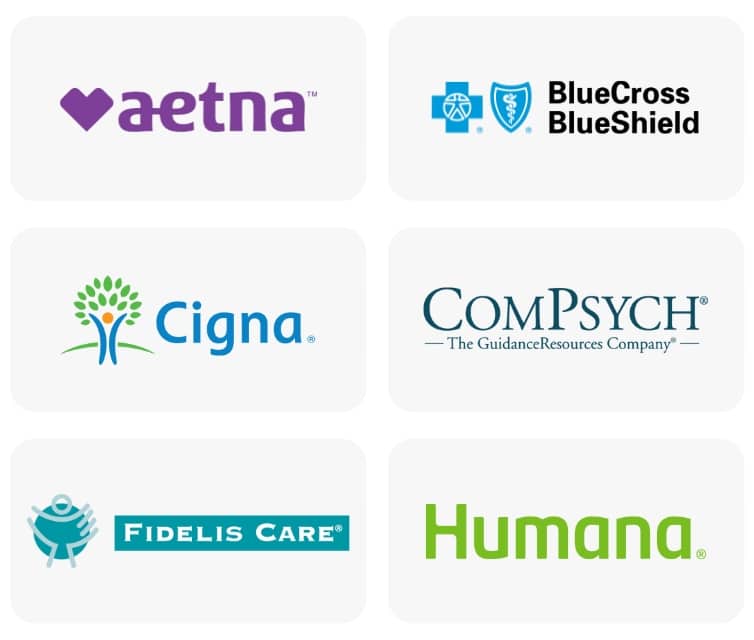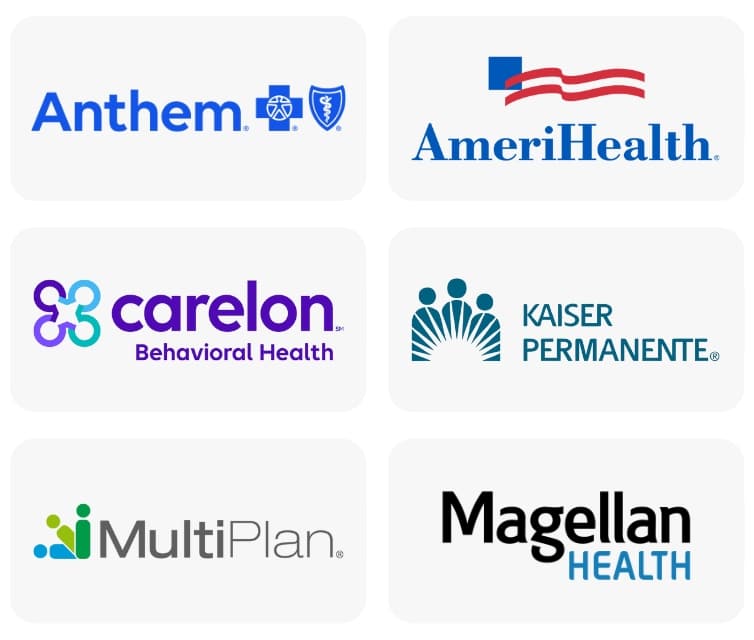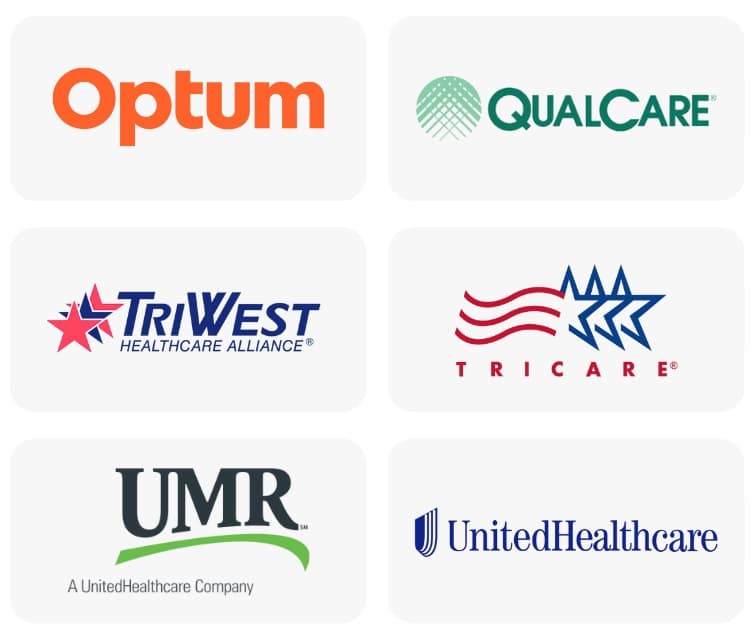Many people are confused when talking about meth vs. cocaine, there are differences between the two substances, specifically in how they affect your brain and body. Both produce a powerful high and are extremely addictive. It’s important to understand the differences between these two drugs and the long-term consequences associated with either of them.
What Is Meth?
Methamphetamine (meth) is a synthetic drug that is created in illegal labs using a variety of dangerous chemicals and ephedrine or pseudoephedrine. This mixture is chemically altered to create methamphetamine. Meth produces a high similar to cocaine and increases confidence and alertness. However, the effects of meth tend to last much longer than cocaine depending on how you use it.
What Is Cocaine?
Cocaine comes from coca plant leaves, which are processed to produce cocaine hydrochloride. This substance creates the white crystalline powder that is known as cocaine. Cocaine is highly addictive and creates a euphoric high and a boost in self-confidence. Although it was once widely utilized as a topical anesthetic, it is no longer commonly used in this capacity.
Meth vs. Cocaine – How Are They Similar?
Meth and cocaine are psychostimulants that create similar mood-altering effects. Both are also widely abused. Cocaine and meth have a similar effect on the user and produce a euphoric high and a boost of energy. Other ways they are similar include:
- Both cocaine and methamphetamine are stimulant drugs
- Cocaine and meth impact dopamine levels, causing a dramatic increase in the brain’s reward center
- The common mode of use is to inject, smoke or snort both drugs
- Both can cause irritability and anxiety
- Physiological effects include increased temperature, heart rate and blood pressure
- There is a strong potential for abuse of both substances
Both methamphetamine and cocaine pose equally high risks to your mental and physical well-being with potentially deadly consequences.
Meth vs. Cocaine – How Are They Different?
While the effects of cocaine and methamphetamine are similar, there are still differences in how they affect the mind and body. Some of these differences include:
- Duration of effect – A cocaine high is a euphoric boost that occurs shortly after ingesting the substance. While the initial rush of meth is fleeting, the lingering high lasts longer.
- Length of presence in the body – Meth remains detectable in the body longer than cocaine. Cocaine’s half-life is about one hour, while the half-life of methamphetamine is 12 hours.
- Production and sourcing – People create methamphetamine in “meth labs” throughout the country. Cocaine comes from South American countries where coca plants are abundant.
- Impurities – Meth is more likely to contain various impurities and is a synthetic drug, while cocaine comes from a plant. Some dealers will “cut” cocaine with caffeine, laxatives and even laundry detergent. Methamphetamines contain a mixture and often include a multitude of toxic substances such as battery acid, drain cleaner and gasoline.
- Prevalence – Approximately 4.8 million people reported using cocaine in 2021, while 2.5 million people reported methamphetamine use during that same time frame.
In addition, while meth increases the release of dopamine and blocks dopamine reuptake, cocaine only blocks reuptake but does not increase dopamine release.
"*" indicates required fields
Fill out the form below and one of our admissions team members will reach out to you:
"*" indicates required fields
The Dangers of Using Stimulants
Stimulant drugs are dangerous both physically and psychologically. Not only do they impair your ability to make decisions, but they also increase impulsivity and compulsive behavior. Methamphetamine and cocaine may also have significant effects on your physical health.
Some short-term effects of meth include:
- Hyperthermia
- Irregular heartbeat
- Euphoric rush
- Increased respiration
- Loss of appetite
- Increased energy and wakefulness
- Decrease in fatigue
Long-term use of methamphetamine can also cause significant damage. Some long-term effects of meth use include:
- Meth induced psychosis
- Memory loss
- Severe dental issues (“meth mouth”)
- Increased aggressiveness and violent behavior
- Changes in brain structure
- Weight loss
While cocaine use can also lead to paranoia, it also carries its own set of risks. Some of the short-term issues associated with cocaine include:
- Nausea
- Risky behavior
- Anxiety
- Paranoia
- Restlessness
- Irritability
Although a person may initially feel euphoric and mentally alert after ingesting cocaine, these effects are short-lived and often give way to unpleasant side effects. In addition, there are long-term risks associated with cocaine use, including:
- Mini strokes
- Extremely high fever
- Seizures
- Kidney damage
- Liver injury
- Blood clots
- Arrhythmia
- Hypertension
Depending on how the drugs are ingested, other effects may occur. For example, if you snort cocaine through the nose, you may experience frequent nose bleeds, a decreased sense of smell and an inflamed nasal septum. Injecting cocaine increases your risk of contracting HIV and other infectious diseases.
What Are the Signs of Addiction?
Cocaine and methamphetamine addiction are serious problems that affect people from all socioeconomic backgrounds. Learning how to spot the common signs of addiction can help you identify when to seek help. Some signs of addiction include:
- Intense cravings to use drugs
- Needing more meth or cocaine to achieve the desired effect
- Failing to meet your responsibilities due to drug use
- Behaving dangerously while under the influence
- Spending more time using, recovering and getting the drug
- Experiencing withdrawal when you try to quit
If you or someone you love is struggling with drug use, we are here to help. Footprints to Recovery provides comprehensive drug treatment programs across Colorado, New Jersey and Illinois to help you get to the root of your addiction. We offer a full continuum of care through our specialized treatment plans that are individually tailored to your needs. We can ensure you receive the help you need to get back on your feet and rediscover a life free from drugs and alcohol. By choosing Footprints to Recovery, you will receive the right level of care and support to guide you toward a more hopeful and healthier future. Contact us today to find out more.
- Topical anesthesia | PMC
- 2021 NSDUH Annual National Report
- Methamphetamine | National Library of Medicine
- The danger of stimulants | APA
- Meth Mouth- A Growing Epidemic in Dentistry | National Library of Medicine
- Methamphetamine Psychosis: Epidemiology and Management
- Prevalence of fentanyl in methamphetamine and cocaine samples collected by community-based drug checking services | National Library of Medicine



